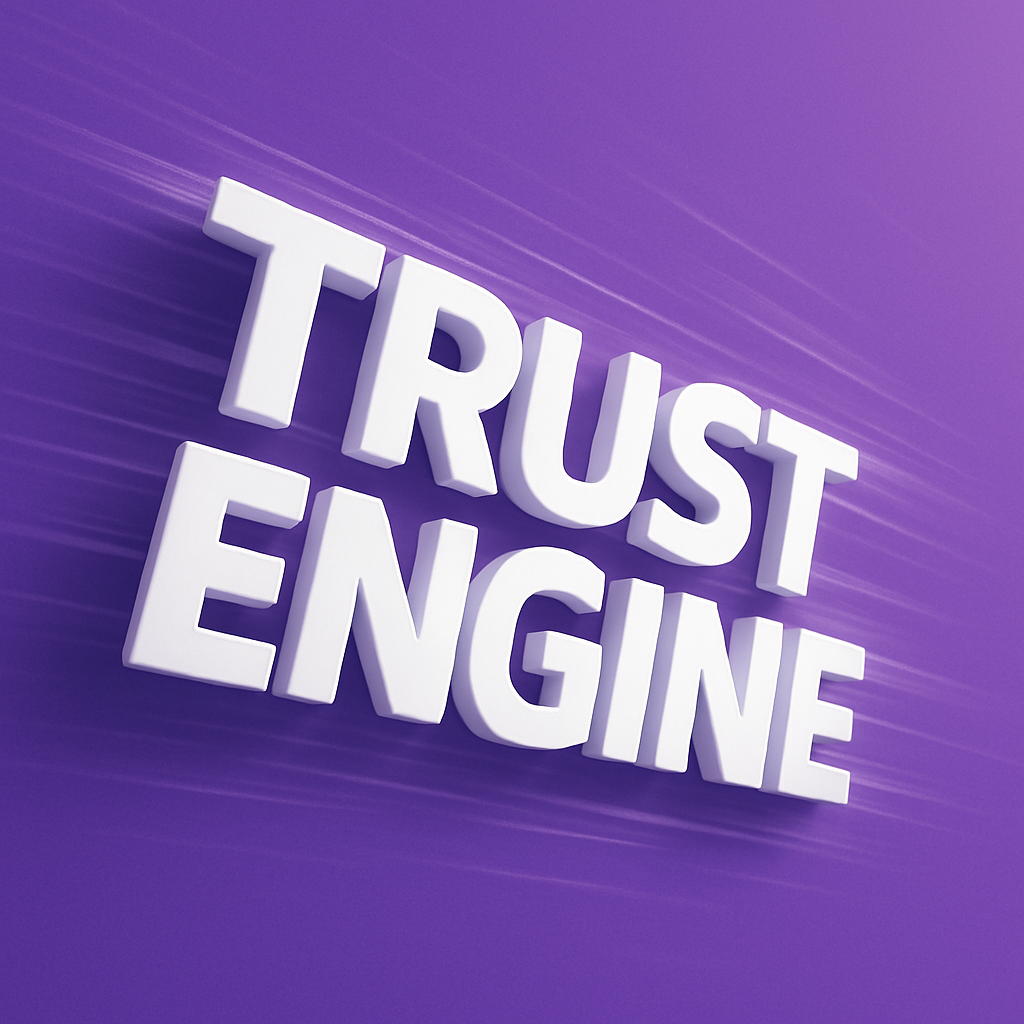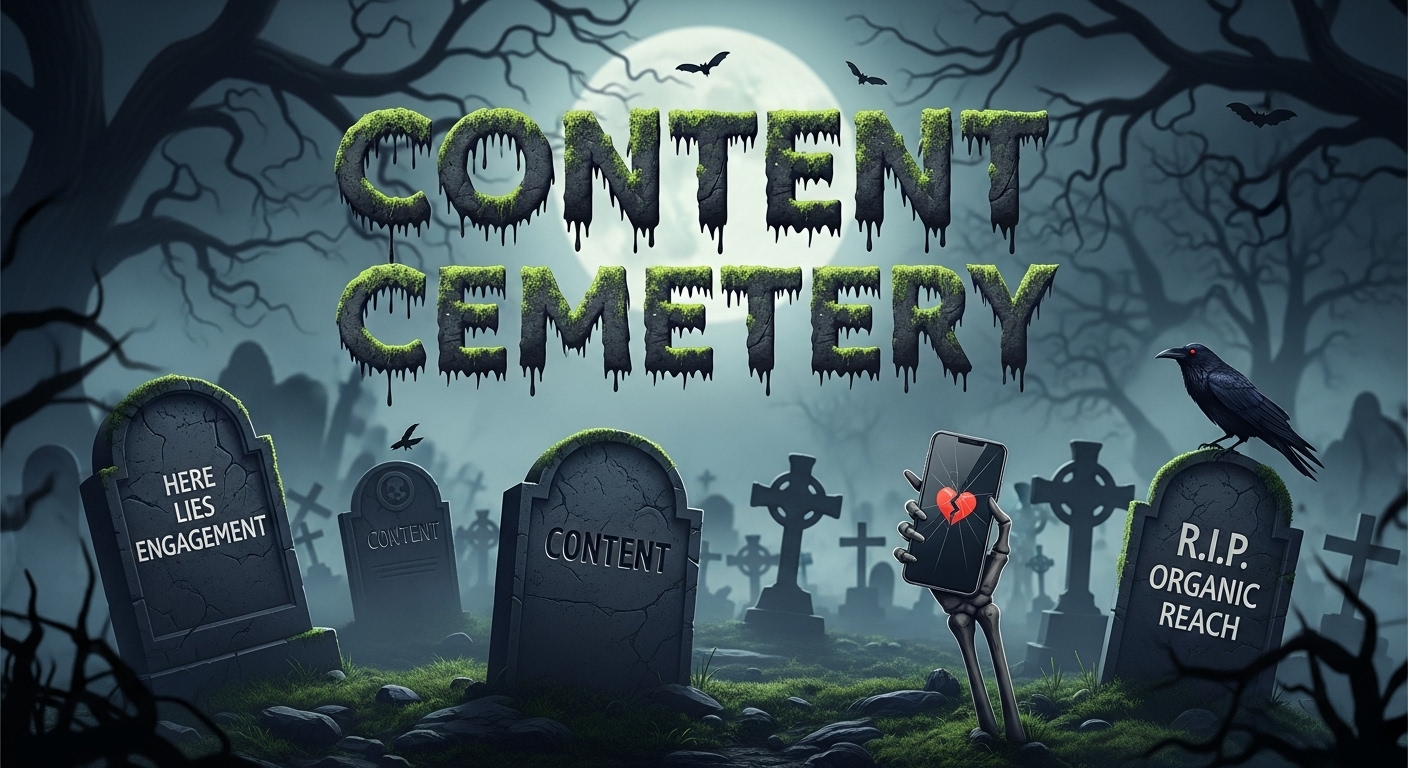
Content Measurement for the Modern Content Strategist

Content Measurement for the Modern Content Strategist
Forrester’s content guru, Ryan Skinner, introduced an important call to action for the content intelligence arena a few years back.
“Marketers need better intelligence on the performance of their content—what it’s about, how it speaks, how effective it is at accomplishing certain goals, what emotions it calls to mind, etc.”
As he correctly identified, there are two key issues with the current measures of content success. First, content success is often evaluated through traffic or page engagement metrics rather than business-driven outcomes like purchase rate, order value and lifetime value. Sure, content cannot perform unless it has an audience but views are merely the means to achieve more meaningful engagement and brand impact. Counting views, in reality, is a superficial measure that could obscure the truth in its entirety.
Second, content success measures vary widely from one channel to another. Metrics to evaluate your efforts for content, email, and paid marketing have few consistent elements. Toward that end, the common practice today is to measure content success vertically within individual channels. However, a more effective way to determine success is by evaluating content horizontally. This translates into identifying top-performing content and using it across channels. These two issues, among others, have contributed to significant wastage in the content ecosystem.
Identify Your Highest-Performing Content
Beckon reported that 5% of content typically generates 90% of customer engagement. That means 95% of content has little or no impact at all. Hence, having an understanding of your brand’s 5%, i.e., your highest-performing content, is a critical requirement as you consider scaling your content efforts.
How Is Your Work Evaluated?
Knotch asked a group of well-regarded content leaders how their work was being evaluated: “When you report on measures of success to your C-Suite, how is your work in content evaluated?” Here’s a visual summary of their inputs:

Engagement and brand health were the top two mentions, with action coming in third. Surprisingly, growth and ROI outcomes were barely mentioned. This suggests a major disconnect between content and business outcomes. We know from the landmark 2020 ANA report that the most frustrating aspects of content marketing are:
- Proving the ROI
- Tracking/measuring content across owned and paid channels
The solution? John von Brachel, Bank of America’s content leader, summed this up wonderfully, “We need to relentlessly look for better models.”
The Path Forward
Now is the time to change how we look at our content’s worth. So, what’s a better model for measuring the performance of your content? One that clearly defines the outcomes to be achieved by your content marketing efforts. These outcomes are desired by your audience, brand, and business.
At Knotch, we focus on achieving three main outcomes, which help inform our content strategy. The goals are to:
- enhance brand
- increase ROI
- build audience
Your content should then be evaluated by how well it achieves these outcomes. More specifically, ask yourself these questions to understand how you need to adapt your current content strategy to meet your unique goals:

Auditing Content
It’s important to set a high standard for newly developed content and to put a conscious effort into re-evaluating previously published pieces. By consistently auditing your content, you can rank it based on these questions. This will help you understand what types of content drive maximum results for you. You can also replicate this process to identify the best performing content categories as well.
Measuring Your Content Beyond Views
To close the loop, there’s more than one way to determine the success of your content efforts. The age-old methods of tracking views and engagement, while important, aren’t enough. There’s a real need to lean into understanding how people feel after consuming your content and to assess how your content is contributing to the overall business success. With a consistent approach to content measurement, your content intelligence will increase. And with that, you’ll be able to make sound, data-backed decisions that will successfully connect your content to business outcomes.
The Era of Content Intelligence
The correct implementation of content intelligence can go well beyond benefiting the content or marketing team. These insights can help departments across the organization to achieve their goals. What an exciting opportunity for content and marketing teams to become collaborative leaders who can contribute directly to the organization’s growth! Want to learn how Knotch can help? Schedule a demo here.
Become a thought leader
Become a thought leader
Trusted by the largest (and now smartest) brands in the world.
“Before Knotch we did not understand what content was driving business results. Now we understand which content moves the needle. Knotch’s cohesive reporting and insights paint a real picture of what’s happening on our website instead of the patchwork quilt that comes from a Google Analytics approach. With Knotch we have been able to re-prioritize ad spend, route better leads to our SDR team, and inform our content development initiatives.”

"The Knotch platform ensures that we deliver high-performing content tailored to young home shoppers, enhancing their experience and driving better business outcomes.”

"Our partnership with Knotch has been highly successful, empowering us to leverage data-driven insights and refine our content strategy.”









